
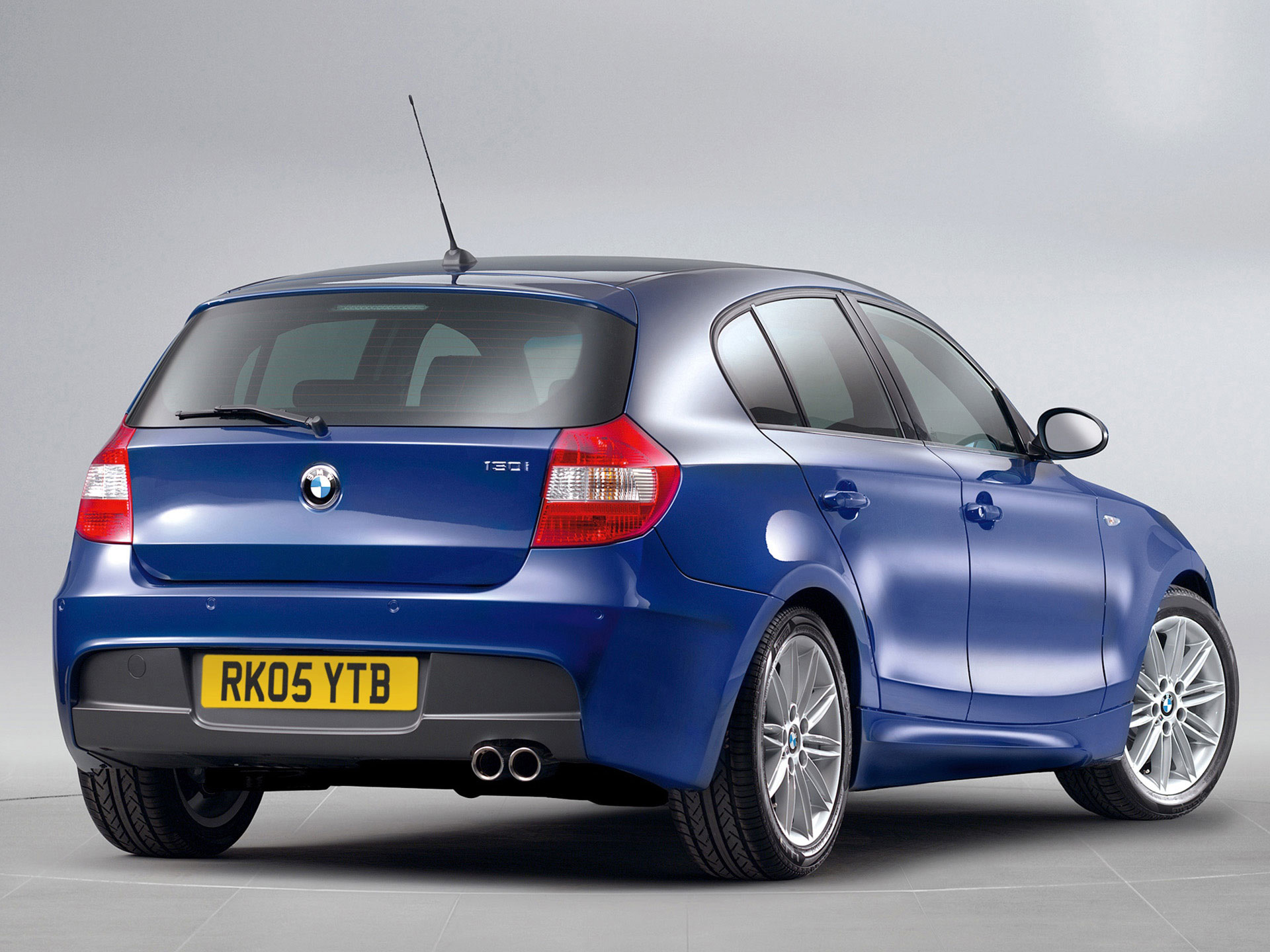
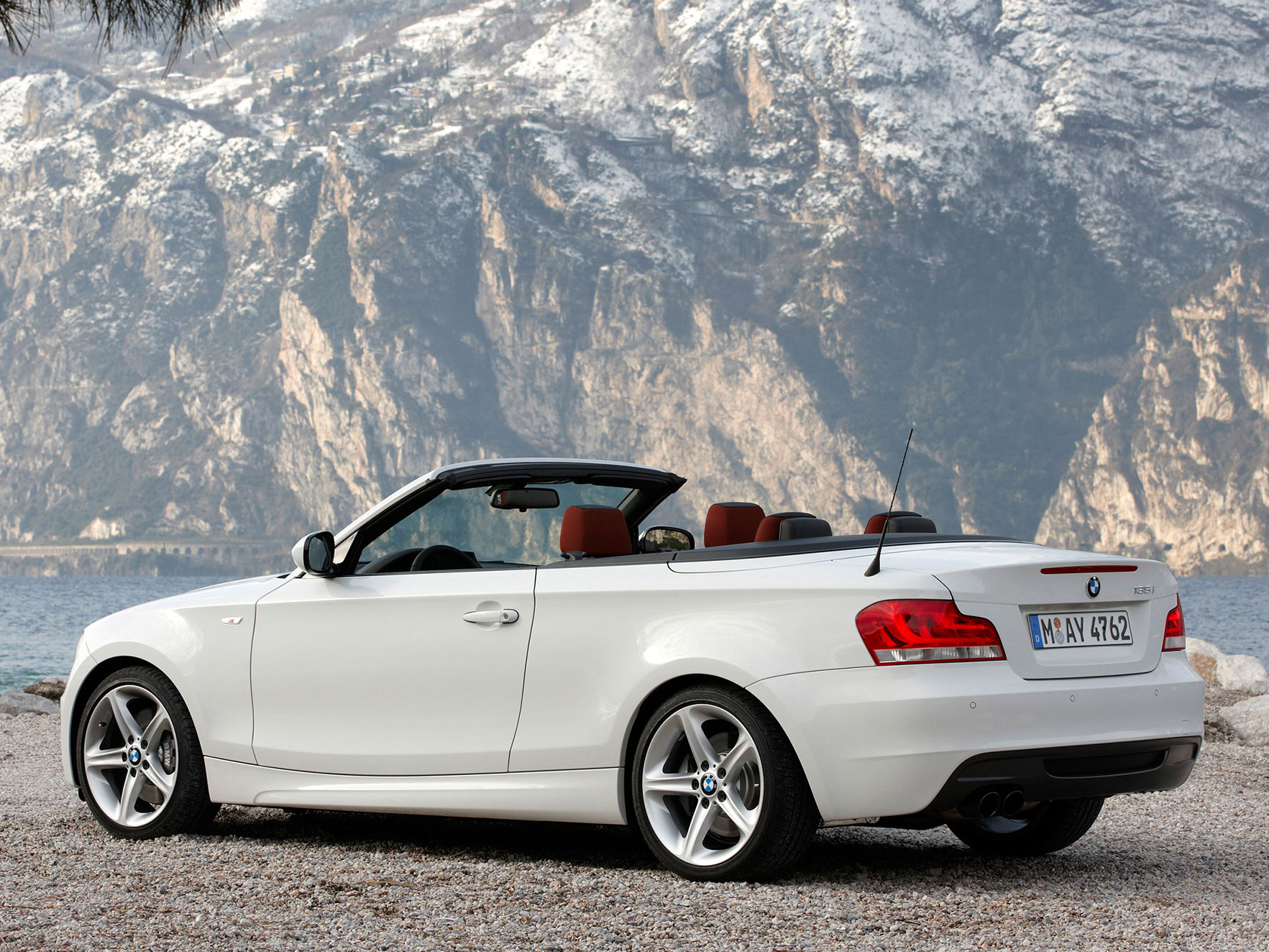
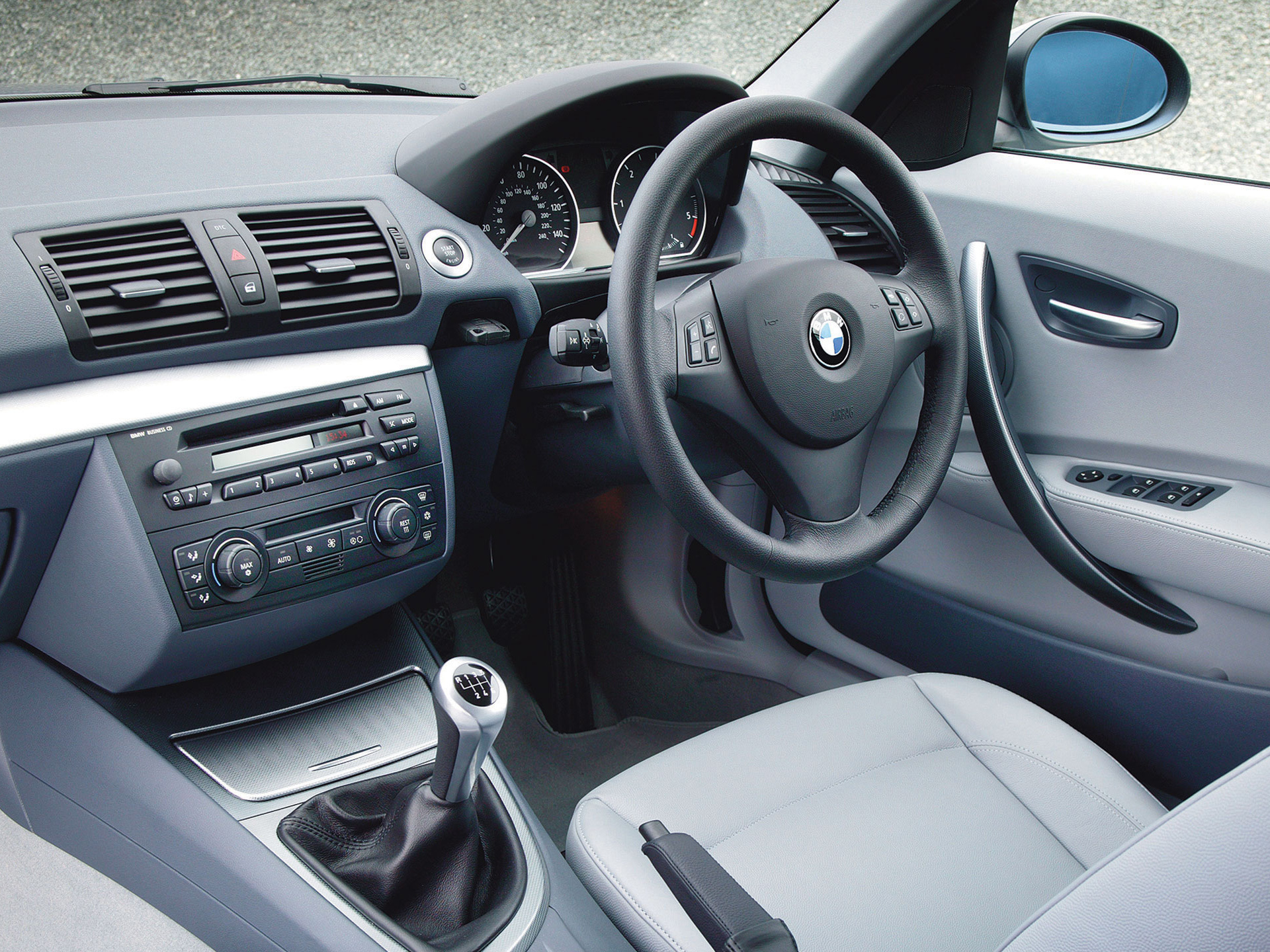
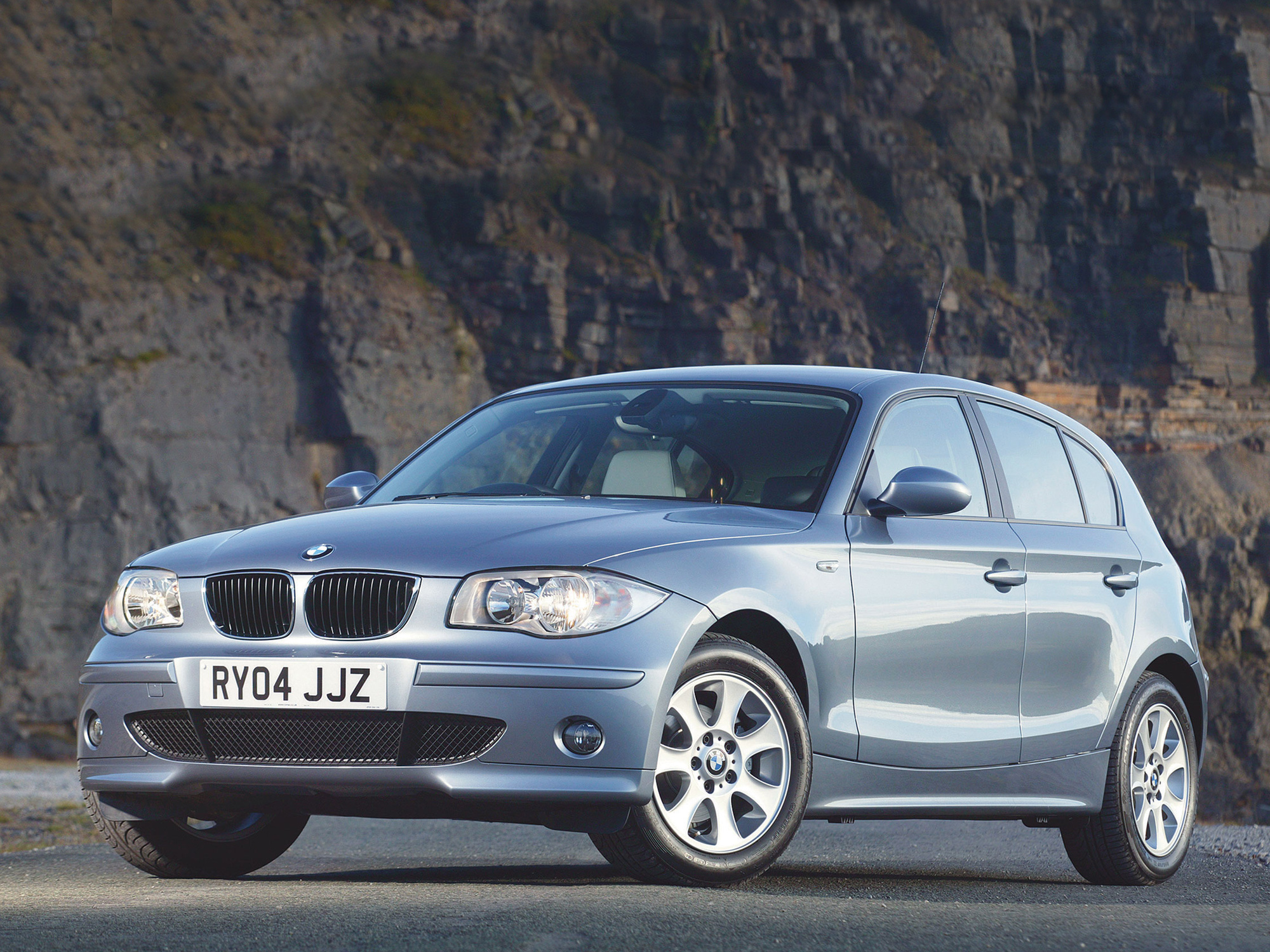
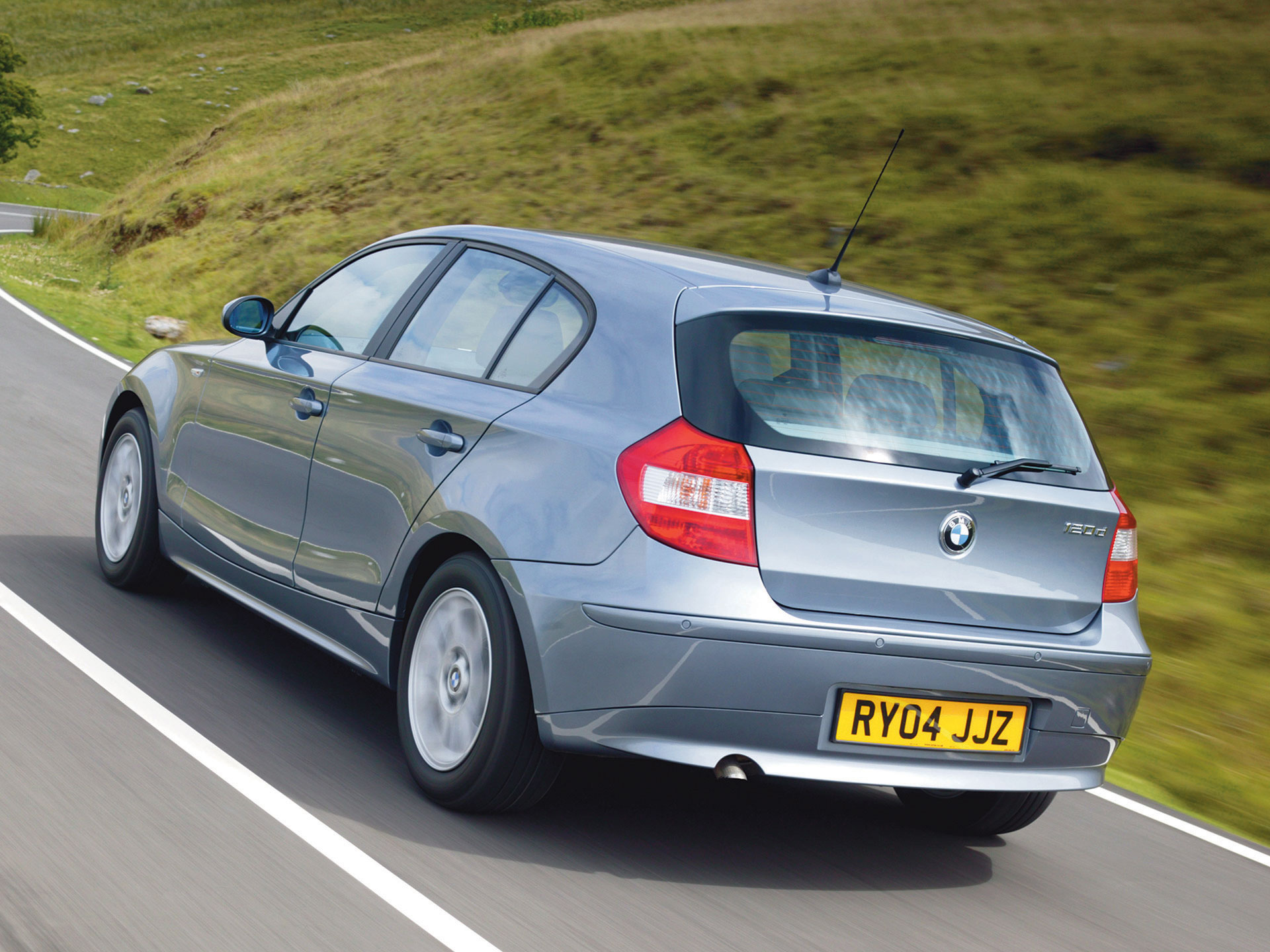
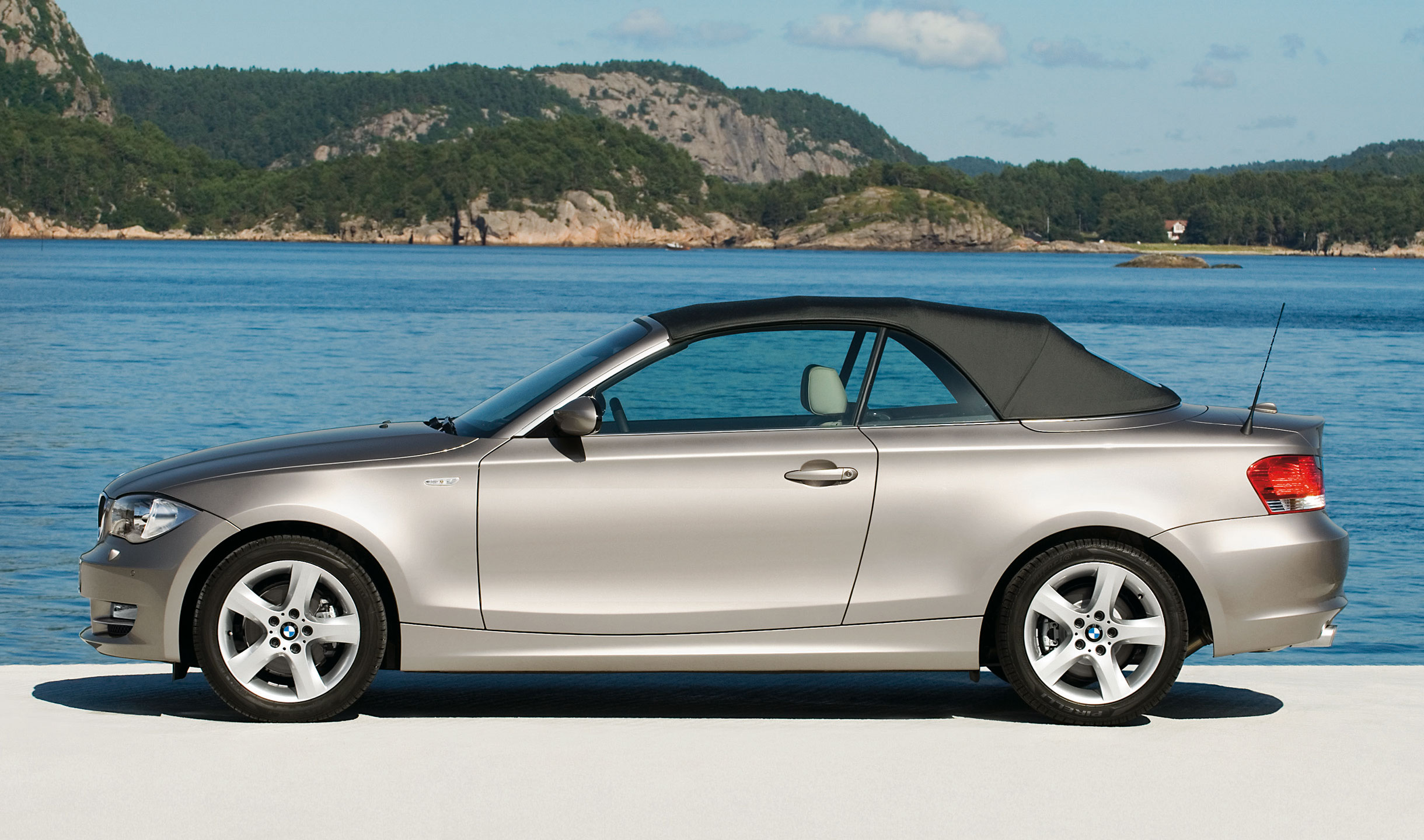
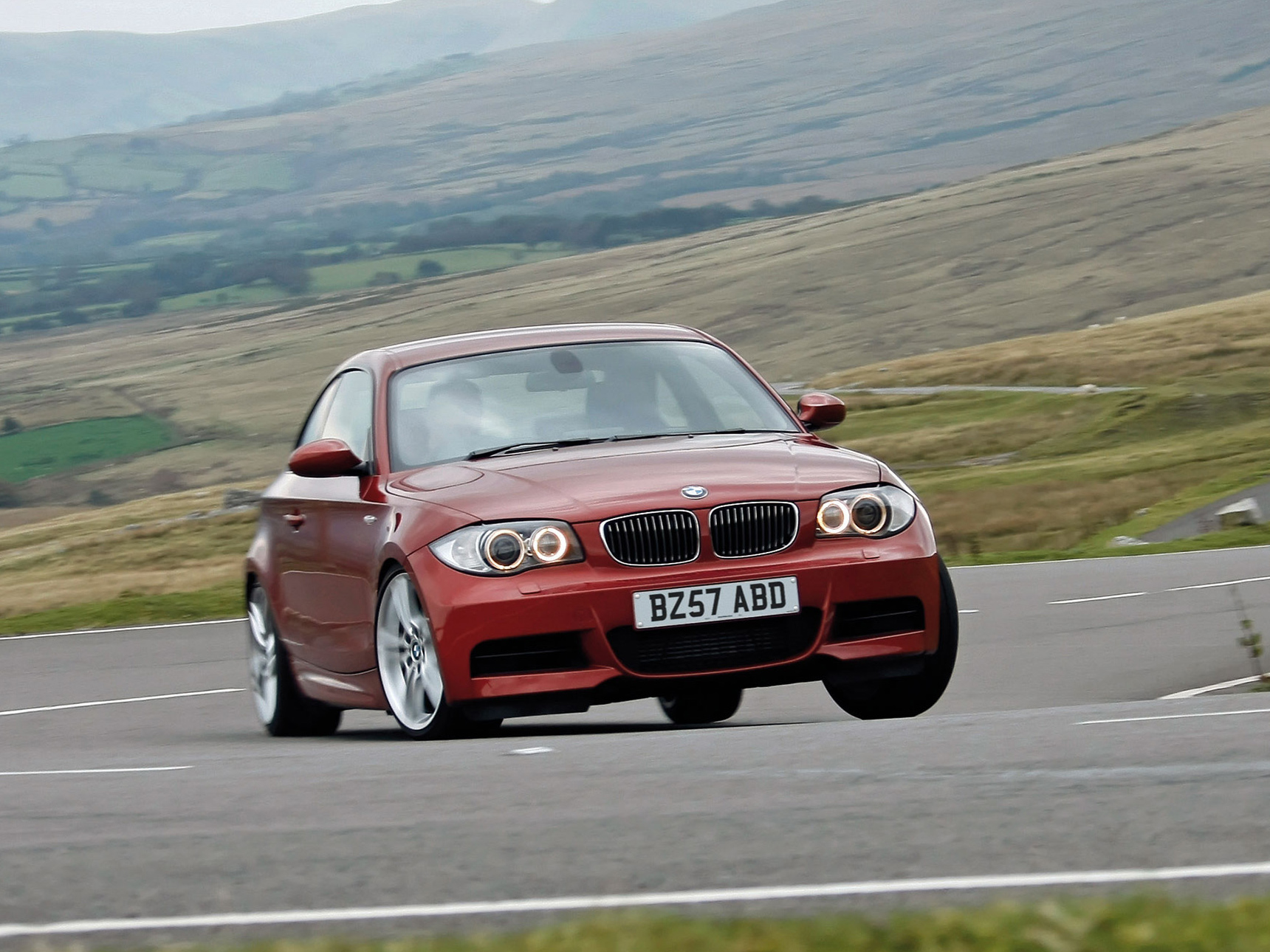
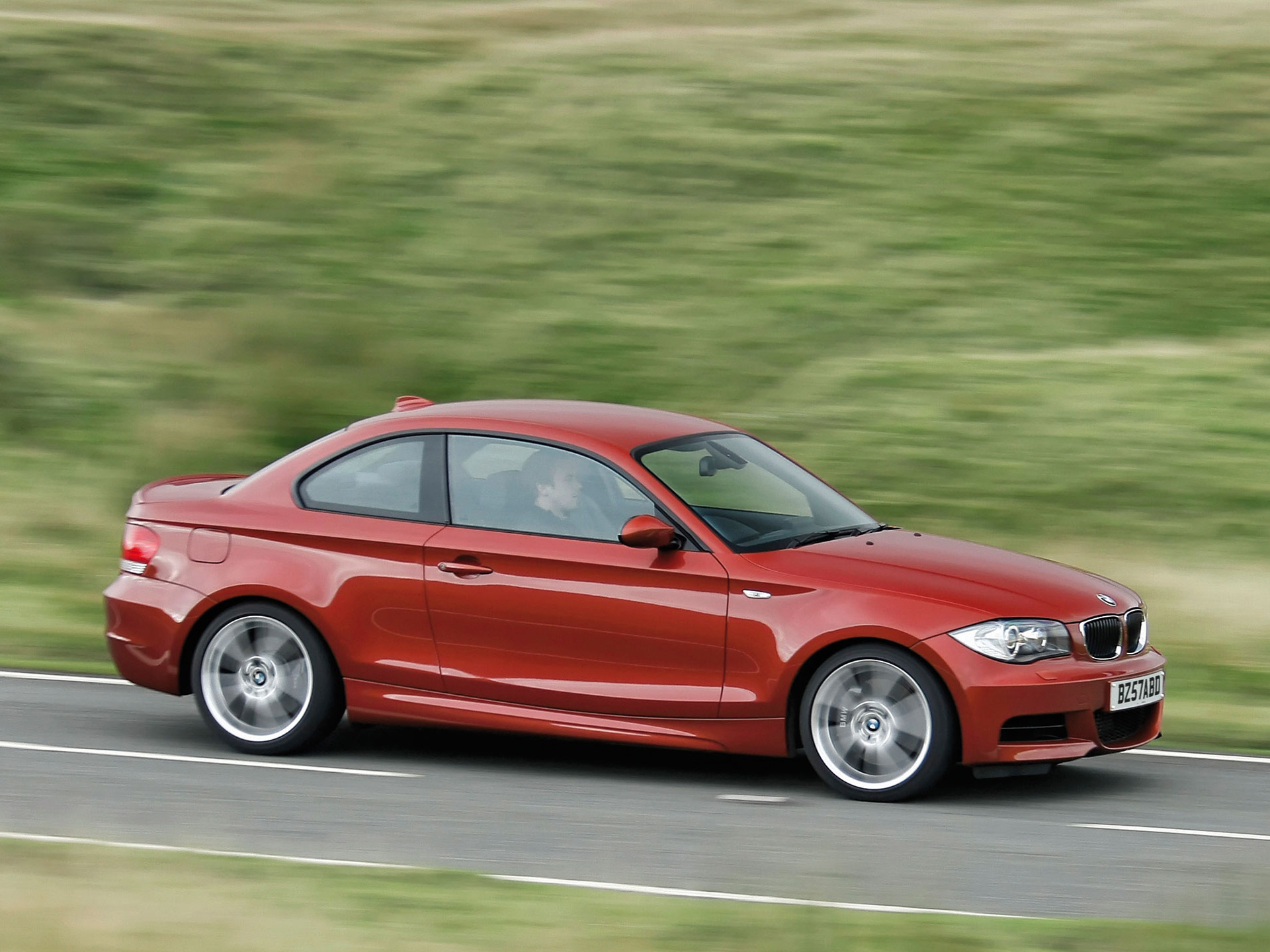
Years after the debuts of key rivals such as the Audi A3 and Mercedes A-Class, BMW unleashed its own posh small hatch with the 1-Series. In true Bavarian fashion there were superb engines and a great rear-wheel drive chassis, while the 1-Series was also beautifully built and brilliant to drive. But while the 1-Series proved controversial with its challenging styling and high prices, the car was a success for its maker and now makes a great used buy.
Key Dates
5/04: The 1-Series five-door hatch arrives, in 116i, 118i, 120i, 118d and 120d forms.
9/05: The first hot 1-Series appears; the 265bhp six-cylinder 130i.
3/07: A three-door hatch debuts, along with a high-power 2.0-litre diesel (the 123d). At the same time, all models get reprofiled bumpers and lights.
7/07: A 1-Series coupé arrives, in 135i, 120d and 123d guises.
3/08: A Convertible 1-Series is introduced, with a choice of petrol engines; the 125i coupé and convertible also debut.
7/08: There are now 118d and 123d convertibles.
1/09: The 116d debuts.
9/09: 118d and 120i versions of the coupé are now offered.
12/10: The 340bhp 1-Series M Coupé now tops the range.
BMW 1 Series (2004-2011) Checklist
- Optional run-flat tyres means the ride is firm; M Sport editions are even firmer.
- Manual diesel cars suffer from failure of the dual-mass flywheel; it's a costly fix.
- Some early petrol-powered cars suffer ECU failures, requiring a new unit.
- The run-flat tyres are costly, so make sure what's fitted doesn't need to be replaced in the near future.
- Steering racks can wear quickly; many have already been replaced. Check for fluid leaks from the gaiters.
- The 120d's turbocharger can prove short-lived; watch out for excessive oil smoke from the exhaust when accelerating.
We Like
- Dynamics
- Build quality
- Efficient engines
- Engine choice
- Lots of bodystyles
We Don't Like
- High purchase and running costs
- Cramped rear seats
- Awkward styling
